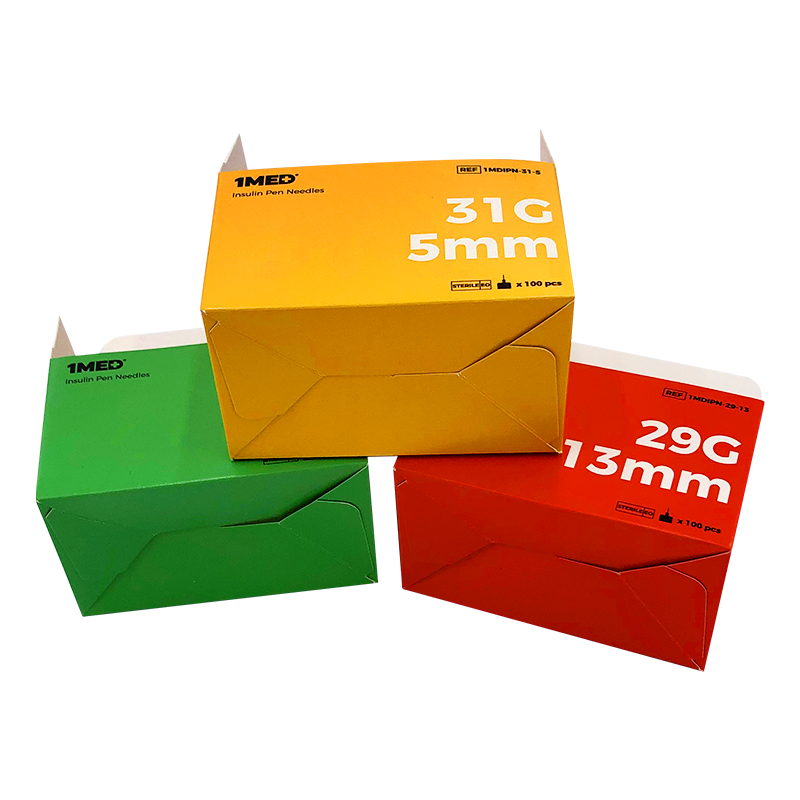ما هو الفرق بين الكرتون القابل للطي والصندوق المموج؟
جدول المحتويات
في عالم التغليف، يعد فهم الفروق بين الأنواع المختلفة من الصناديق أمرًا بالغ الأهمية للشركات التي تهدف إلى تحسين عرض منتجاتها وعمليات الشحن. هناك شكلان شائعان للتغليف هما الكراتين القابلة للطي والصناديق المموجة، ولكل منهما أغراض وتطبيقات فريدة. وفي حين أن كلاهما ضروري في حد ذاته، إلا أنهما يختلفان بشكل كبير من حيث المواد والاستخدام المقصود والسلامة البنيوية. ستستكشف هذه المقالة هذه الاختلافات بالتفصيل وتسلط الضوء على الميزات المهمة التي يجب مراعاتها عند الاختيار بين علب قابلة للطي والصناديق المموجة.
ما هي الكرتونة القابلة للطي؟
الكرتون القابل للطي هو نوع من أنواع التغليف المصنوع من ورق مقوى مبيض صلب (SBS) أو غير مبيض صلب (SUS). تم تصميم هذا النوع من الكرتون بحيث يسهل طيه وتجميعه في صندوق أو حاوية. تُستخدم الكرتون القابل للطي عادةً في تغليف السلع الاستهلاكية والمواد الغذائية ومستحضرات التجميل وغيرها من منتجات التجزئة. توفر بنية قوية ويمكن طباعتها برسومات وشعارات وعناصر علامة تجارية مختلفة لتعزيز جاذبية المنتج. تجعلها تصميماتها الجذابة خيارًا فعالًا لجذب العملاء على أرفف التجزئة.
ما هو الصندوق المموج؟
على النقيض من ذلك، فإن الصناديق المموجة مصنوعة من الورق المقوى المموج، والذي يتميز بطبقة داخلية متموجة أو مزخرفة محصورة بين طبقتين خارجيتين مسطحتين. يمنح هذا البناء الصناديق المموجة قوة ومتانة كبيرتين، مما يجعلها مثالية للشحن والنقل. تُستخدم غالبًا لتغليف العناصر الأكبر حجمًا والأثقل وزنًا والأكثر حساسية والتي تتطلب حماية إضافية أثناء النقل. علاوة على ذلك، يمكن تصميم الصناديق المموجة حسب الحجم والتصميم لتلبية المتطلبات المحددة للمنتجات التي يتم شحنها، مما يضمن ملاءمة آمنة.
الفروق الرئيسية بين الصناديق القابلة للطي والصناديق المموجة
إن فهم الفروق الرئيسية بين الصناديق القابلة للطي والصناديق المموجة يمكن أن يساعد الشركات في اختيار التغليف المناسب لاحتياجاتها. وفيما يلي الفروق الأساسية:
تكوين المواد
- علب قابلة للطي:مصنوع من الورق المقوى، مما يوفر سطحًا أملسًا للطباعة عالية الجودة.
- صناديق مموجة:مكون من ألواح الألياف المموجة، التي تجمع بين القوة وخصائص الوزن الخفيف.
الغرض المقصود
- قابلة للطي الصناديق: مصممة في المقام الأول للتغليف في متاجر التجزئة، حيث يكون العرض أمرًا ضروريًا.
- صناديق مموجة:يتم استخدامه بشكل أساسي في شحن ونقل البضائع، مع التركيز على الحماية بدلاً من العرض.
القوة الهيكلية
- صناديق مموجة:غالبًا ما يتم تصميمها لإعادة الاستخدام وإعادة التدوير، مما يساهم في الممارسات المستدامة.
- علب قابلة للطي:مخصصة عادة للاستخدام مرة واحدة، على الرغم من أن بعضها يمكن إعادة تدويرها.
خيارات التخصيص
- علب قابلة للطي:يمكن تخصيصها بألوان نابضة بالحياة وأشكال فريدة وتشطيبات متخصصة مثل التصفيح غير اللامع أو اللامع. وهذا يعزز العلامة التجارية ويوفر مظهرًا مخصصًا يمكن أن يجذب المستهلكين.
- صناديق مموجة:على الرغم من إمكانية تخصيصها أيضًا، إلا أن التركيز غالبًا ما ينصب على الوظيفة. يمكن للشركات الاختيار من بين أحجام مختلفة من الفلوت وسمك الجدار، مما يسمح بحماية معززة بناءً على المنتجات المحددة التي يتم شحنها.
اعتبارات التكلفة
- علب قابلة للطي:عادةً ما تكون تكلفة الوحدة الواحدة أعلى بسبب المواد المستخدمة وعمليات الطباعة المتضمنة. ومع ذلك، فإن قدرتها على تحسين عرض المنتج يمكن أن تبرر هذه التكلفة للشركات التي تركز على البيع بالتجزئة.
- صناديق مموجة:تعتبر بشكل عام أكثر فعالية من حيث التكلفة للشحن والنقل بالجملة، مما يجعلها الخيار المفضل للشركات التي تتطلع إلى تقليل تكاليف التعبئة والتغليف دون التضحية بسلامة المنتج.
إعادة الاستخدام وإعادة التدوير
- علب قابلة للطي:عادةً ما تكون أقل متانة من الصناديق المموجة، ومناسبة للعناصر الأخف وزناً.
- صناديق مموجة:تشتهر بقوتها الفائقة، وقدرتها على حماية المنتجات الثقيلة أو الأكثر هشاشة أثناء النقل.
خاتمة
يعتمد الاختيار بين الكراتين القابلة للطي والصناديق المموجة على عوامل مختلفة، بما في ذلك طبيعة منتجاتك وأهداف العلامة التجارية ومتطلبات الشحن. تتميز الكراتين القابلة للطي في إعدادات البيع بالتجزئة حيث يكون المظهر المرئي والعلامة التجارية أمرًا بالغ الأهمية، بينما توفر الصناديق المموجة القوة والمتانة اللازمتين للنقل الآمن. إن فهم هذه الاختلافات الرئيسية - والميزات الإضافية لخيارات التخصيص واعتبارات التكلفة - يمكن أن يساعد الشركات على اتخاذ قرارات تغليف مستنيرة. من خلال اختيار النوع المناسب من التغليف، يمكن للشركات تحسين عرض منتجاتها وضمان السلامة أثناء النقل وتحسين رضا العملاء في النهاية. سواء اخترت التصميم الجذاب للكرتون القابل للطي أو الحماية القوية للصندوق المموج، فإن حل التغليف المناسب يمكن أن يؤثر بشكل كبير على نجاح عملك.
منشورات ذات صلة

كيف تساهم عبوات التغليف القابلة للطي المخصصة في تعزيز هوية العلامة التجارية وتجربة العملاء
في عالم التجزئة الذي تتزايد فيه المنافسة بشكل متزايد، تطور التغليف من مجرد ضرورة وظيفية إلى أداة تسويقية أساسية.

ما هي فوائد الصناديق القابلة للطي المخصصة؟
يعد اختيار المورد المناسب للكرتون القابل للطي أمرًا بالغ الأهمية لضمان التعبئة والتغليف عالي الجودة وحماية منتجاتك،

هل صناديق التغليف القابلة للطي المخصصة تستحق العناء بالنسبة لتجار التجزئة؟
يعد اختيار المورد المناسب للكرتون القابل للطي أمرًا بالغ الأهمية لضمان التعبئة والتغليف عالي الجودة وحماية منتجاتك،

8 عوامل أساسية يجب مراعاتها عند اختيار التغليف المناسب لمنتجك
يعد التغليف عنصرًا أساسيًا في عرض المنتج وتوزيعه، فهو يخدم أغراضًا متعددة
